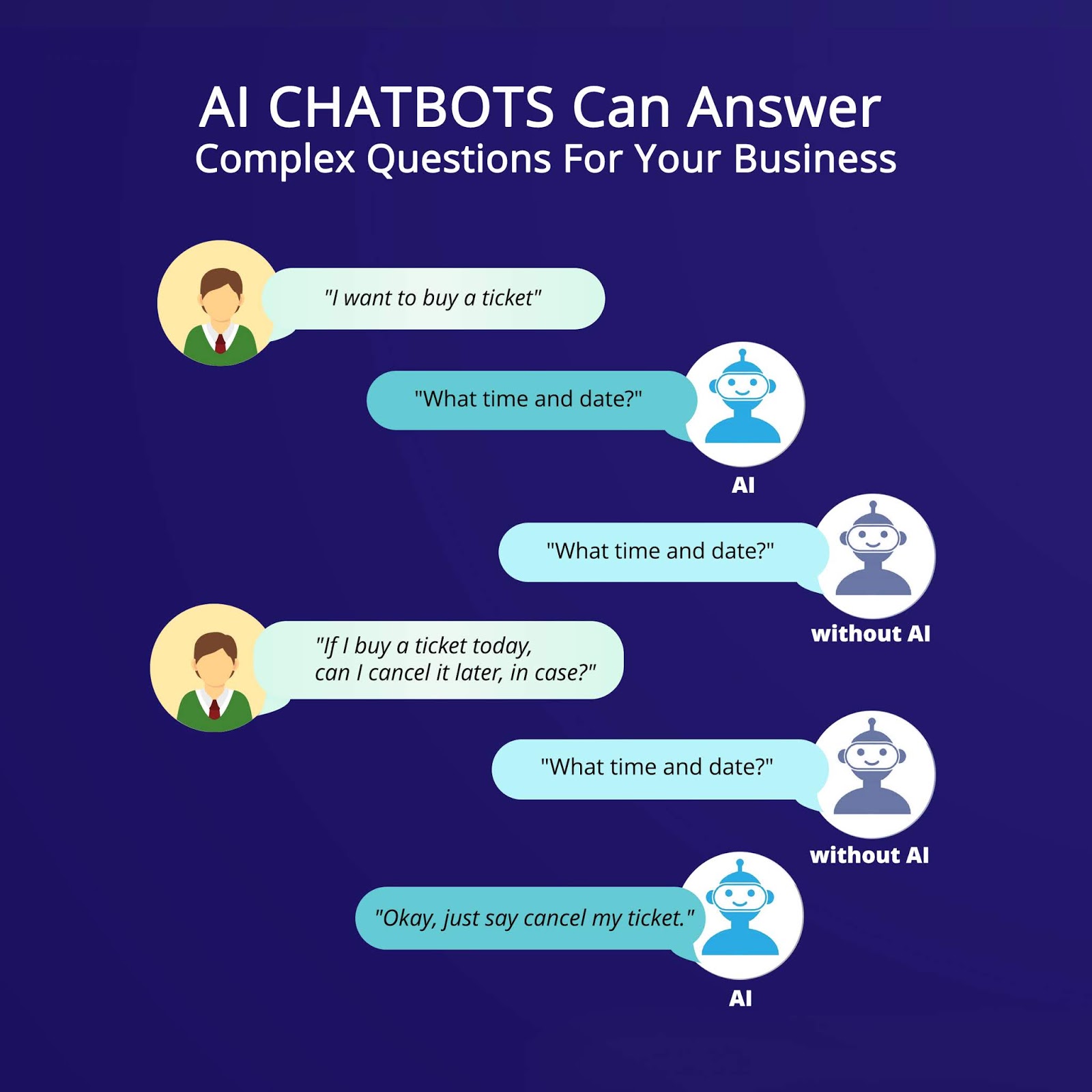
With chatbots, a business can scale, personalize, and be proactive all at the same time-which is an important differentiator. They allow companies to easily resolve many types of customer queries and issues while reducing the need for human interaction. The value chatbots bring to businesses and customersĬhatbots boost operational efficiency and bring cost savings to businesses while offering convenience and added services to internal employees and external customers. Apple’s Siri and Amazon’s Alexa are examples of consumer-oriented, data-driven, predictive chatbots.Īdvanced digital assistants are also able to connect several single-purpose chatbots under one umbrella, pull disparate information from each of them, and then combine this information to perform a task while still maintaining context-so the chatbot doesn’t become “confused.”

In addition to monitoring data and intent, they can initiate conversations. Digital assistants can learn a user’s preferences over time, provide recommendations, and even anticipate needs. They apply predictive intelligence and analytics to enable personalization based on user profiles and past user behavior. These chatbots are contextually aware and leverage natural-language understanding (NLU), NLP, and ML to learn as they go.

Task-oriented (declarative) chatbots are single-purpose programs that focus on performing one function.Driven by AI, automated rules, natural-language processing (NLP), and machine learning (ML), chatbots process data to deliver responses to requests of all kinds.


 0 kommentar(er)
0 kommentar(er)
